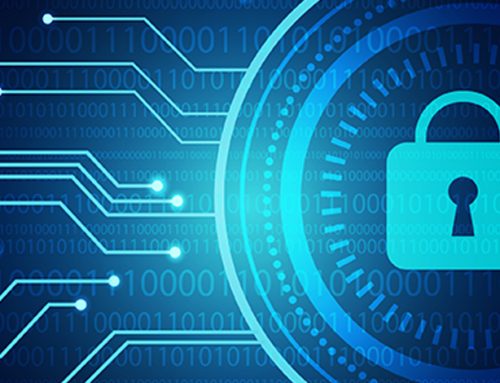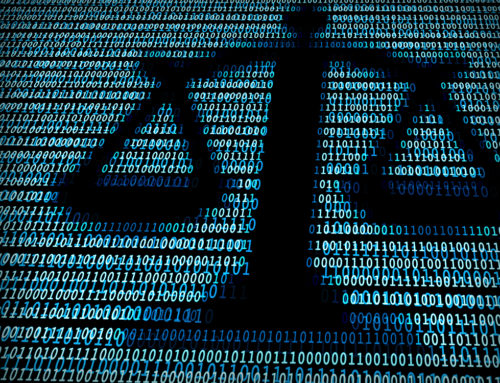This article was originally posted on TechLawForum@NALSAR. The same can be accessed here.
In a two-part article, Ankush Rai elaborates on the interaction between the Civil Procedure Code and technology.
This part deals with e-filing, the theoretical and practical advantages of integrating technology with CPC and the precautions that should be taken in doing so.
E-filing
The extent of integration of technology with civil litigation is not limited to the issue of summons, but has also been expanded to include e-filing within its ambit. In 2004, an e-committee was set up by the Supreme Court of India in 2004 to implement the computerization of courts across the country and equip courts with the latest Information Technology and Communication tools. This committee has worked extensively on modernizing Indian Courts. They have introduced the e-courts website and application which gives the case status, cause list and next date of hearing of more than 3.2 crore cases of all 18,000 district and subordinate courts and 21 High Courts. A more recent accomplishment of this e-committee has been to introduce e-filing in courts. On August 15, 2018, CJI Dipak Misra launched the e-filing app and website through which original text material, documents, notice of motion, suits, written statements, memorandum, main petition or appeal, and interlocutory applications can be filed. This facility is currently available at the Supreme Court and in 8 states. The Supreme Court is currently working on digital filing of cases across the country in sub-ordinate courts. Additionally, the National Green Tribunal has also begun to allow e-filing of petitions. Such e-filing does not need to be from the location of the Bench but can be from any place at the convenience of the aggrieved party. Even the courtroom of the Delhi High Court Chief Justice has gone completely paperless to boost the e-court initiative taken up by the Supreme Court. Recently, the Delhi High Court also launched its own mobile application in order to provide digital access of its services to everyone. The application offers several services like case status, display board, gate pass request, etc. It also offers e-filing facilities to advocates registered with the Delhi High Court.
A shift towards e-filing has also been seen in the context of commercial courts. This had been recommended by the 188th Law Commission Report of 2003. The report stated the need for the establishment of commercial courts in order to deal with the rapid increase in commerce and trade. It stressed the need for new and effective methods for resolving commercial disputes to be developed in order to assure foreign investors that Indian Courts are on par with developed jurisdictions. In light of these recommendations, commercial courts have been established as a wing of several High Courts in India. Not only that, certain commercial courts have also gone paperless and have adopted the system of e-filing. The Delhi High Court was the first to adopt this initiative by establishing two benches of the commercial courts which will be e-courts and function as paperless courts. The same has been followed by the Andhra Pradesh High Court. In the commercial court bench setup in Vishakhapatnam, the entire process of filing of cases is purported to be made online.
Hence, a major shift in filing of cases due to the integration of technology can be clearly seen. This would not only increase the efficiency and speed of trials but also be beneficial to the environment as the usage of paper decreases.
Impact of the Integration
It is trite that when age-old practices are transformed through technology there is bound to be an impact on a practical and theoretic level. On a practical level, the process of civil litigation is bound to become more efficient and effective with the recent move to integrate technology in judicial processes. It will also lead to reducing delays and backlogs and encourage early settlement of cases. Another impact would be a drastic reduction in the amount of time spent by litigants in traveling to courts to deal with direction hearings and pre-trial matters. Additionally, e-filing is bound to reduce the cost and time involved in filing of documents at the court as opposed to the traditional methods. This increases the affordability of the legal process and will have a positive impact on the dispensation of justice. There are practical benefits too in respect of storing information and ease of access to that information. Judges have instant access to precedents which will ensure that the trial proceeds in a fair and speedy manner.
On a theoretical level, the integration of technology has the potential to involve those in the civil litigation system who have been historically marginalized. There is bound to be an increase in access to the civil justice system as it changes the way we determine the facts and decide a case. People who did not earlier have access to the civil justice system have the possibility to become a part of it via the integration of technology. Access to basic legal information through mobile apps like case status and next date of hearing in regional languages is bound to remove barriers between the layman and legal system. This kind of information will keep them more involved in the whole legal process and keep them vigilante about it. The possibility of ordinary people being duped by opportunistic lawyers will witness a gradual reduction. Hence, the practical and theoretical impact of integrating technology in the civil justice system highlights the benefits of the move.
Precautions to be taken in the process of integration
While the process of integrating technology in civil litigation has several practical and theoretical advantages as discussed above, certain precautions should be observed while doing the same.
The first major concern in today’s day and age is the right to privacy of litigants. The improved public access to digitally kept documents has made the task of finding and disseminating sensitive personal information very easy. This must be addressed seriously when integrating technology in the civil litigation system. Privacy of litigants cannot be compromised by emphasizing the goal of efficiency and speediness of a trial above all else. Especially, cases related to insolvency proceedings and matrimonial disputes mandate that litigants’ privacy be respected. Moreover, if the litigants see that the issue of privacy is not being dealt with then they will reverse to the traditional methods of litigation which is not warranted at all as that would defeat the entire purpose of modernizing our courts.
Secondly, it has to be understood that India’s population remains largely illiterate. According to the Global Education Report by UNESCO released in 2016, India has 1/3rd of the world’s illiterate population. As per the census of 2011, 20% of India’s population is illiterate. This goes to show beyond a doubt the dire condition that exists in India with respect to literacy. In such a scenario, it cannot be expected that the complexities of legal procedure will be easily understood by the general populace. Even technology would fail here as it requires the precondition of knowing how to read and understand language. Hence, while technology is being integrated into the civil justice system, it should be integrated in a manner that embraces the illiterate population of the country and does not marginalize them further.
Thirdly, a more technical precaution that needs to be taken when allowing for summons issued through WhatsApp is that while double tick means that summons has been duly served, it does not mean that the summon has been seen. This only happens when the double ticks become blue. Additionally, there is no way of knowing whether the read receipts of the concerned person are off, which makes it difficult to determine whether summons has been served. Additionally, it is possible that the WhatsApp number of a person has changed but that information is unknown to the Court and it may presume that summons have been delivered. These are some of the technical concerns that ought to be considered and pondered upon while the step towards integrating technology in civil litigation goes ahead.
In today’s day and age where technology is all around the society, it is necessary that the law also equips itself with the same. The problem of pendency is massive in our country and integrating technology with the civil litigation system is one way of addressing the problem. Several major steps have been taken up by the judiciary in this regard as has been discussed above. However, more such steps need to be taken and plans made have to implemented effectively and efficiently. Additionally, the necessary precautions also have to be mandatorily observed when the aim is to make justice more accessible and equitable. After all, the larger objective of any judicial system is to provide speedy and substantial justice.
Ankush Rai is a third-year student of NALSAR, Hyderabad and a member of the Nyaya Forum.







Leave A Comment